In a world where many different cultures exist, have you ever wondered about what are the different and unique cultures here at Osbourn High School? There are multiple students that come from countries that are very different from the United States of America and have had to go through the harsh and sometimes traumatizing process of moving from one country to another. While others may have been born here in the United States of America, they still like to embrace their ethnicity and are proud of their culture and traditions. “I was born here in the USA but my ethnicity is Salavdorian and Puerto Rican,” said freshman Julianna Cordova.
Moving from your home country to a whole different country and having to get used to different cultures and traditions is hard. Some students are fortunate enough to be able to visit their home countries while others are not as fortunate.“I actually have gone to Guatemala before twice actually and I plan on going again in future. The biggest difference I see is that there is someone always selling something in each corner you see, even in the middle of the road there is someone selling stuff. Another difference in Guatemala is also the money. The money over there is called quetzales and the price is also different. One quetzal is 13 cents here in the US,” said 9th grader Keyli Recinos.
“We have a kite flying festival called Basant every year where anywhere you go there are kites flying everywhere,” said Muniba Javed from Pakistan.
Mackensi Herandez is from Colombia and said “In Colombia we have a tradition called Paseos de Olla where the whole family goes to a local river and shares different foods.”
“In El Salvador you don’t need to go to school but in the USA, the government makes kids go to school,” said Melanie Gonzalez when asked what is the biggest difference she has noticed between the U.S.A and her home country.
“The difference I have most noticed about Jordan and America is that Jordan is really small compared to America,” said Mariem Alamzraawi. For other people missing family and friends is really hard, having to leave your whole life behind and having to get used to a new life takes time.
For many people it’s hard traveling to their country either because it’s too far or they don’t have the resources. “Going to El Salvador is 5-7 hours so we have to take around 2 planes to get there,” said Melanie Gonzalez from El Salvador.
As for other people it only takes up to a day to get to their country. “We take a 20 hour flight to Pakistan when we go. It’s kinda far but we get there in less than a day,” said Muniba Javed. Embracing and celebrating different cultures is more important than ever. By appreciating the richness that each culture brings to other people lives. “My favorite tradition is Fiestas Agostinas where in August a marching band wakes the whole city up at 4:00am,” said Melaine Gonzalez.
Different countries have different religions. Religion is a great gateway to understanding a culture. Each region has its own religious practices that reflect local history, and social customs. “Pakistan’s most popular religion is Muslim; you can ask anyone and the chances of them being Muslim is 90%,” said Muniba Javed when asked what is the most common religion in her country.
“Being Catholic is the most popular religion in Colombia; most people from Colombia are Catholic,” said Mackensi Hernadez .
Music and dance is a profound reflection of cultural identity all over the world. There are different music genres and dances some people have never heard about. “ Egyptian, Lebanese, and Gulf music are some of our traditional music,” said Mariem Almazraawi from Jordan.
Most countries have different traditions from others. Some may have similar traditions to others depending on what area countries they are in, sometimes when countries are near each other meaning they have similar weather and ancestors. Many have different traditional foods while others may have similar foods that are made differently or have different names. Freshman Keyli Recinos said “For Christmas, my family always makes tamales. The tamales in Guatemala are different, they are not like the Mexican type of tamales. The way you make them is by getting tinfoil and putting a banana leaf on top then you put the masa then whatever filling you like, I like the chicken type, then you close it up and boil them.”
“In Puerto Rico we have different types of traditional foods, some of them being Mofongo, Tostones and Arroz con Gandules,” said freshman Julianna Cordova. Mofongo is a dish which is made with fried green plantains and mashed together with oil, garlic, salt and sometimes chicharron.
A lot of different countries in Central America, South America, and in some parts in the Caribbean have a traditional party for coming of age “One tradition that I enjoy from my country are Quinceaneras. I like them because they are really fun to attend and maybe in the future having one for myself as well,” said Keyli Recinos, a freshman.
“When girls turn 15 in my country they are coming of age so they have a party called a Quinceanera,” said freshman Julianna Cordova.
If you are wondering about what a Quinceanera even is, Quinceaneras originated in Mexico as early as the 5th century B.C, and are a celebration of a girl turning fifteen as it marks their first step into becoming a young woman. This celebration is used by Latino culture. This tradition isn’t only celebrated by Hispanic culture though, as Quinceaneras are also celebrated in Brazil. The difference is that in most countries it’s called a Quinceanera while in Brazil, it is festa de Debuntantes or festa de Quinze Anos.
The world is a vibrant mosaic of cultures, each contributing unique perspectives, traditions, and ways of life. Different countries have different traditions. Childhood is a universal experience, marked by laughter, exploration, and play.
Across the globe, children engage in games that not only entertain but also reflect their cultural heritage. “In Colombia playing trique, a three-in-a-row game played by children is very common. It was invented by children that didn’t have money to buy toys,” said Mackensi Hernadez.
Some games may be dangerous but kids back then would come up with anything to have fun. “In Pakistan Oonch Neech is a children’s game where 3 or more kids throw each other up in the air and have to catch them without falling,” said Muniba Javed. Childhood games are a window into the cultural values and traditions of societies around the world. These games not only provide entertainment but also serve as a means of socialization, education, and cultural preservation. They show how kids would rise and how they would get along with each other.
Tell us about your culture! What are some of your unique traditions or celebrations? Let us know in the comments!
A Vibrant Mosaic of Cultures
Osbourn’s diverse population showcases unique perspectives, traditions, and ways of life.

14
4
More to Discover
About the Contributors
Pricila Interiano, Staff Journalist
Hi my name is Pricila and I’m a freshmen at Osbourn High School. I would like to write about style and entertainment.
Pamela Quiroz Santiago, Staff Journalist
Hi my name is Pamela and I am a freshman at OHS. I would like to write about makeup and beauty.

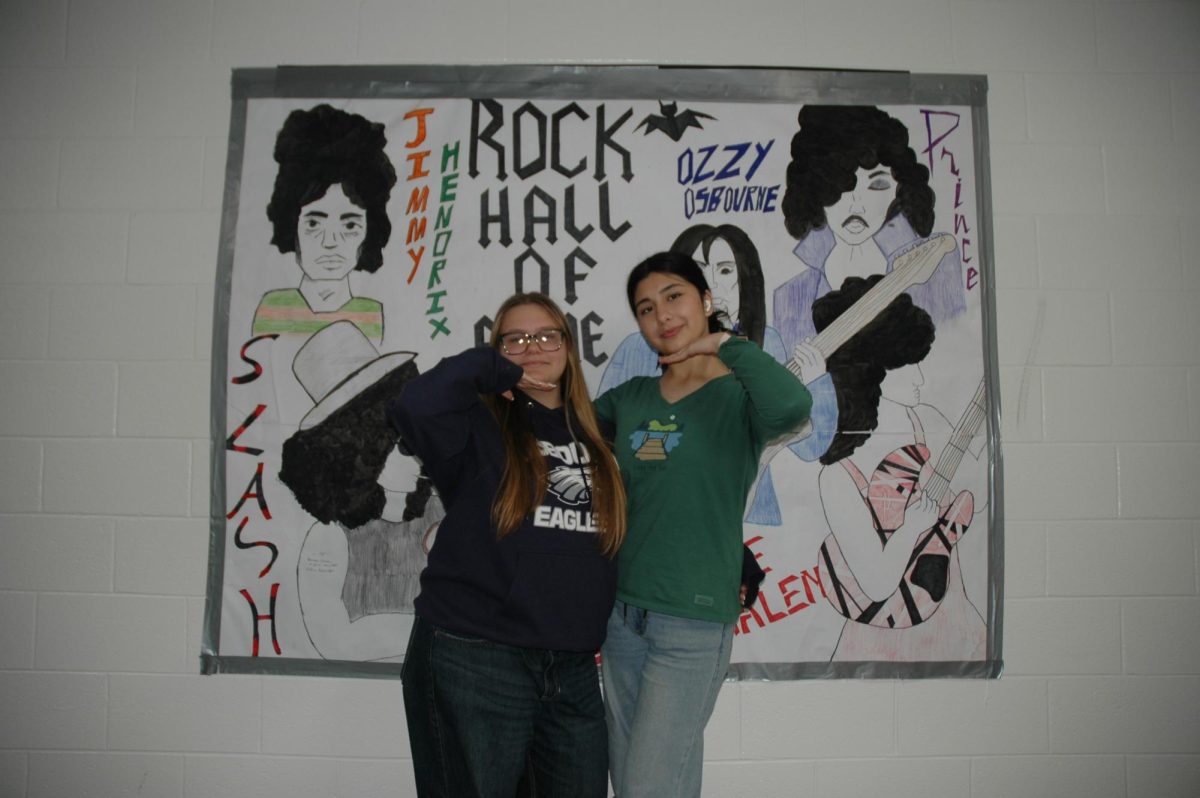
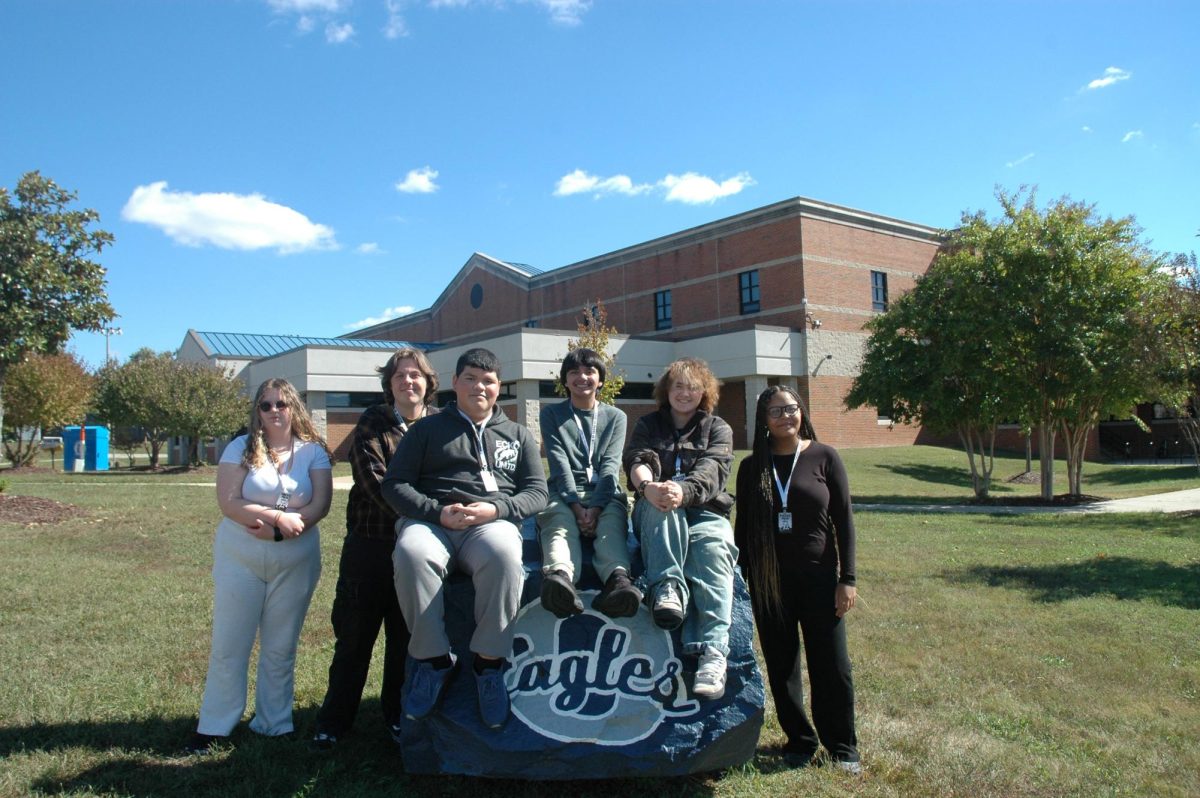

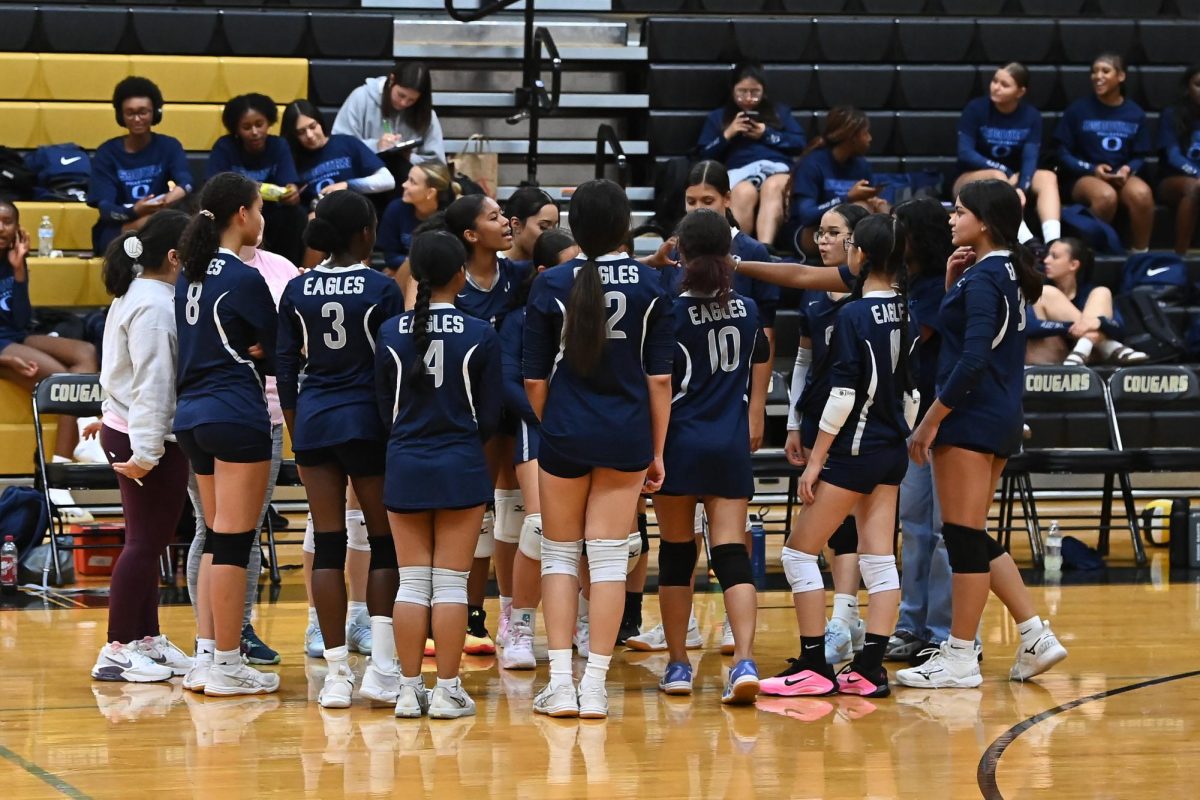
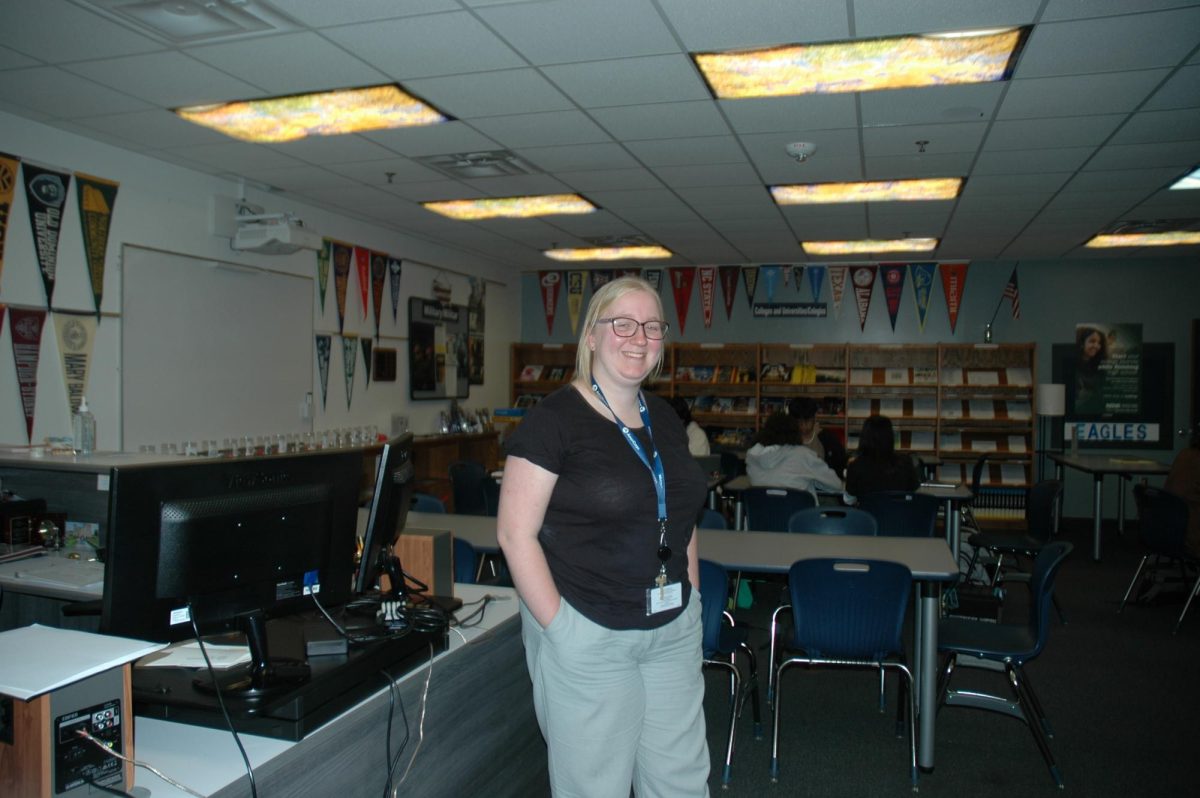
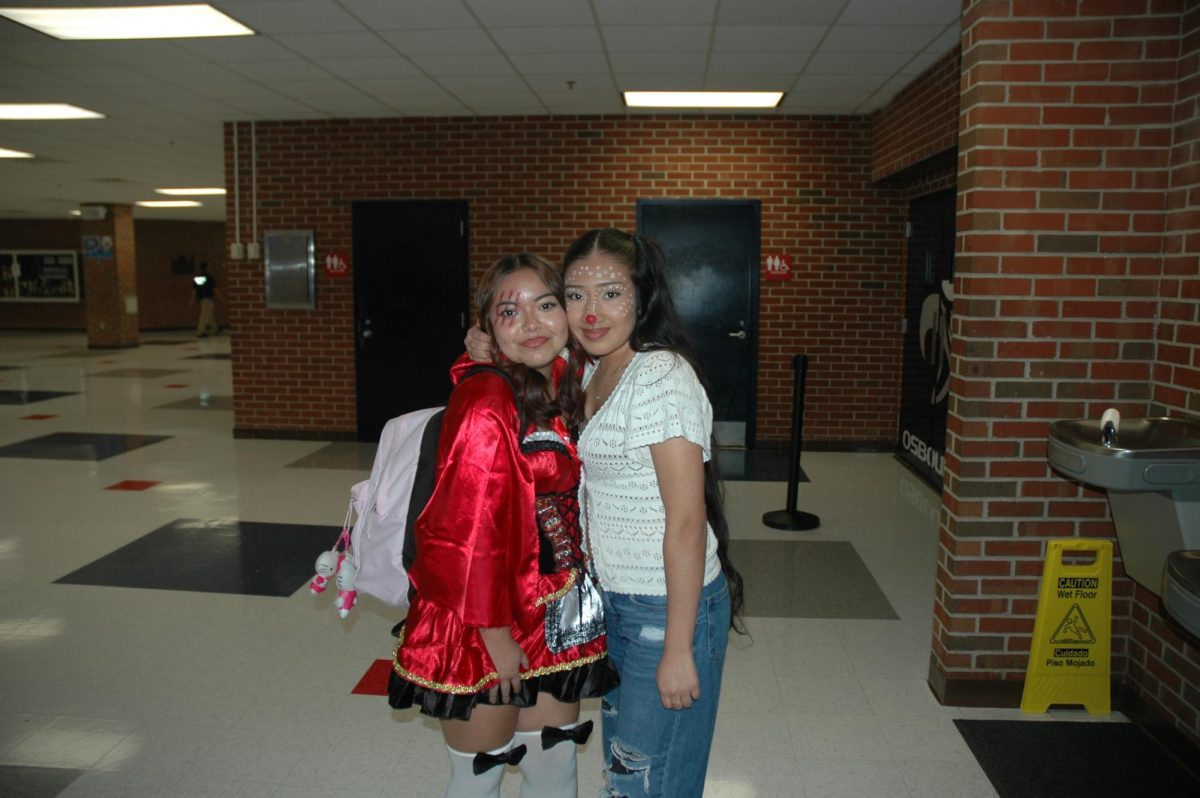

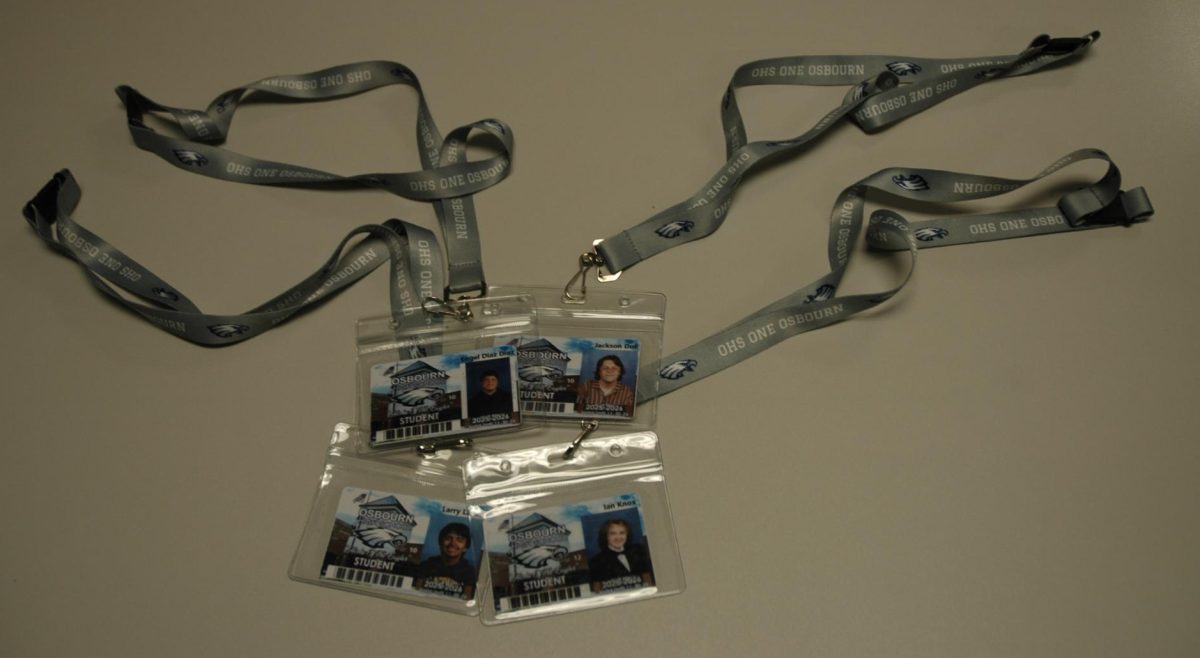
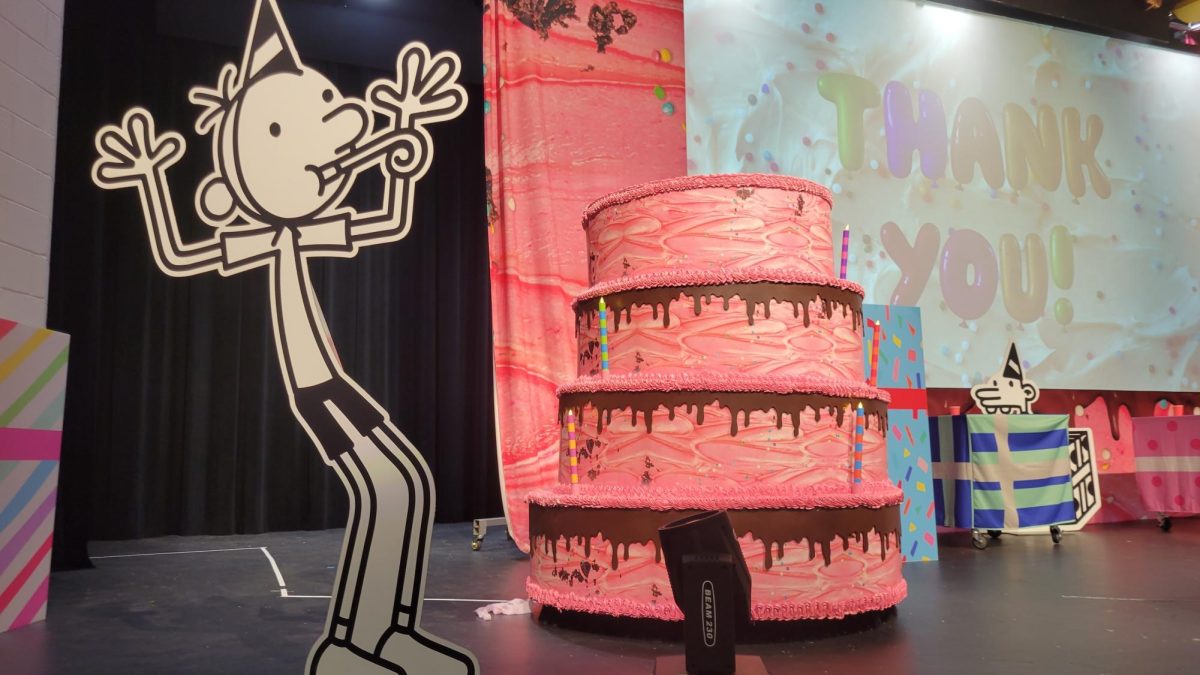


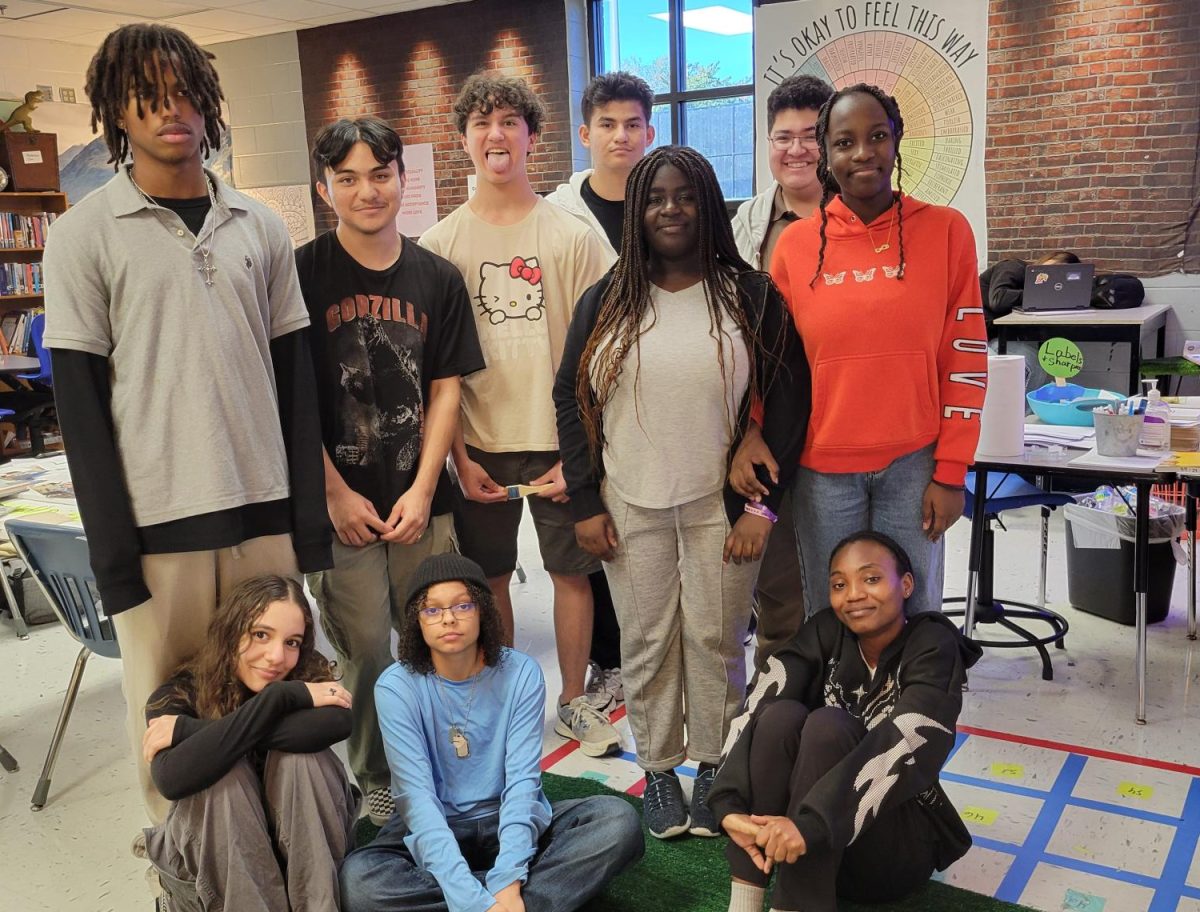
Engel DiazDiaz • Nov 6, 2024 at 2:58 pm
I enjoy celebrating holidays like Christmas and Halloween. I also like to decorate for holidays too!
Cash Short • Oct 30, 2024 at 3:11 pm
There are a lot of diverse cultures in this school. I love the personal stories.
Shane McCusker • Nov 6, 2024 at 2:10 pm
I think it’s cool how diverse our school is. The personal stories really added to the effectiveness on the article. Good job!
Fatima Melgar • Oct 30, 2024 at 10:42 am
AS someone from Honduras I remember all of our traditions. but in the United States I barely see any of my homeland traditions and me and My parents don’t celebrate either.
Keyli Recinos Chavarria • Oct 29, 2024 at 2:47 pm
Ever since my family has moved to the U.S. they haven’t celebrated any celebrations so I don’t really know any celebrations from my culture.
Larry Lizalde • Oct 28, 2024 at 2:42 pm
I am a mix of American and Mexican. So I personally love eating unseasoned tacos
Cristian Aldana Medina • Oct 28, 2024 at 2:32 pm
As a Hispanic from El Salvador, I know that the people there celebrated the traditions they did there. But here in the US, my parents don’t really do any traditions from El Salvador, other than making Pupusas of course. 🙂
Ian Knox • Oct 28, 2024 at 2:29 pm
It’s amazing to go to school in such a diverse environment. Great job at providing explanations.
Madeline Maltez • Oct 28, 2024 at 10:39 am
I’m Salvadorian but I unfortunately don’t know much about my culture because I haven’t traveled to El Salvador before. My family’s planning on traveling there for this Christmas, so hopefully I get to see more of my family’s background
Camila Milian • Oct 28, 2024 at 10:39 am
I’m from Mexico so my family tends to celebrate Dia de Muertos, Cinco de Mayo, we do lots of things!
Emely • Oct 28, 2024 at 10:34 am
Nice to know about other people’s cultures!
Josh Guzman • Oct 28, 2024 at 10:23 am
My parents are actually from El Salvador and they celebrate whenever someone hits the age of fifteen which is called a “Quinceanera”. The food is also pretty good if you do it correctly. Pupusa is a really common dish and if done correctly, it will taste extremely good!
Jackson Doll • Oct 28, 2024 at 9:39 am
I’m not really connected with my cultures because my family has lived in the United States for so long, even before the 1900s, but I would really like to learn more about where my family came from in Europe.
Bri • Oct 25, 2024 at 2:43 pm
I don’t really have any celebrations I actually do, but I am Italian. We just do the typical celebrations everyone does.